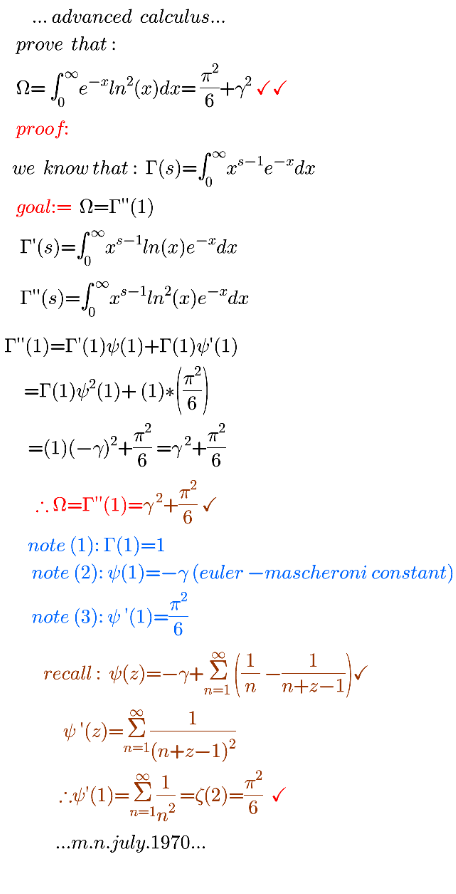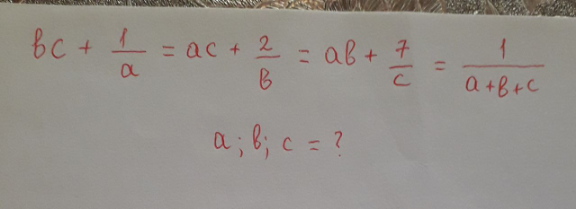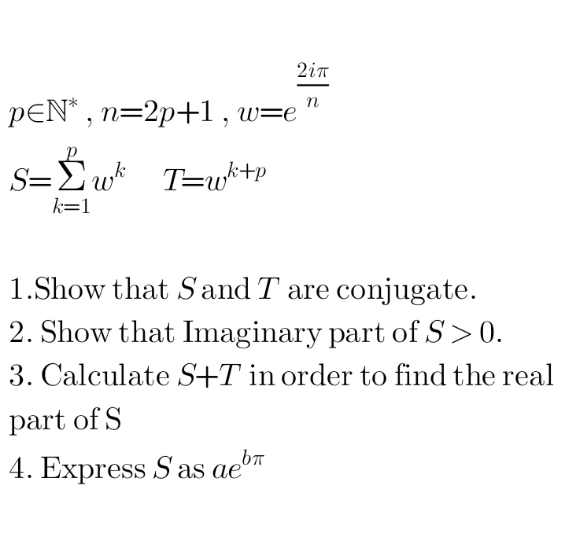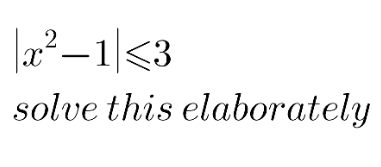
AllQuestion and Answers: Page 1006
Question Number 119151 Answers: 0 Comments: 0

Question Number 119150 Answers: 2 Comments: 0
Question Number 119147 Answers: 0 Comments: 0

Question Number 119141 Answers: 1 Comments: 0

Question Number 119138 Answers: 1 Comments: 1
Question Number 119136 Answers: 1 Comments: 2

Question Number 119177 Answers: 1 Comments: 0

Question Number 119133 Answers: 0 Comments: 0
Question Number 119124 Answers: 2 Comments: 0
Question Number 119119 Answers: 2 Comments: 0

Question Number 119114 Answers: 0 Comments: 4

Question Number 119112 Answers: 0 Comments: 2
Question Number 119109 Answers: 1 Comments: 0

Question Number 119108 Answers: 0 Comments: 0

Question Number 119107 Answers: 1 Comments: 0

Question Number 119074 Answers: 4 Comments: 0
Question Number 119070 Answers: 2 Comments: 0
Question Number 119069 Answers: 0 Comments: 0
Question Number 119065 Answers: 3 Comments: 0
Question Number 119059 Answers: 1 Comments: 0

Question Number 119057 Answers: 3 Comments: 0
$${show}\:{that} \\ $$$$\mid{x}+{y}\mid\leqslant\mid{x}\mid+\mid{y}\mid \\ $$$$ \\ $$
Question Number 119055 Answers: 2 Comments: 0
Question Number 119054 Answers: 2 Comments: 0
Question Number 119052 Answers: 3 Comments: 0

Question Number 119048 Answers: 1 Comments: 0
Question Number 119038 Answers: 2 Comments: 0
Pg 1001 Pg 1002 Pg 1003 Pg 1004 Pg 1005 Pg 1006 Pg 1007 Pg 1008 Pg 1009 Pg 1010
